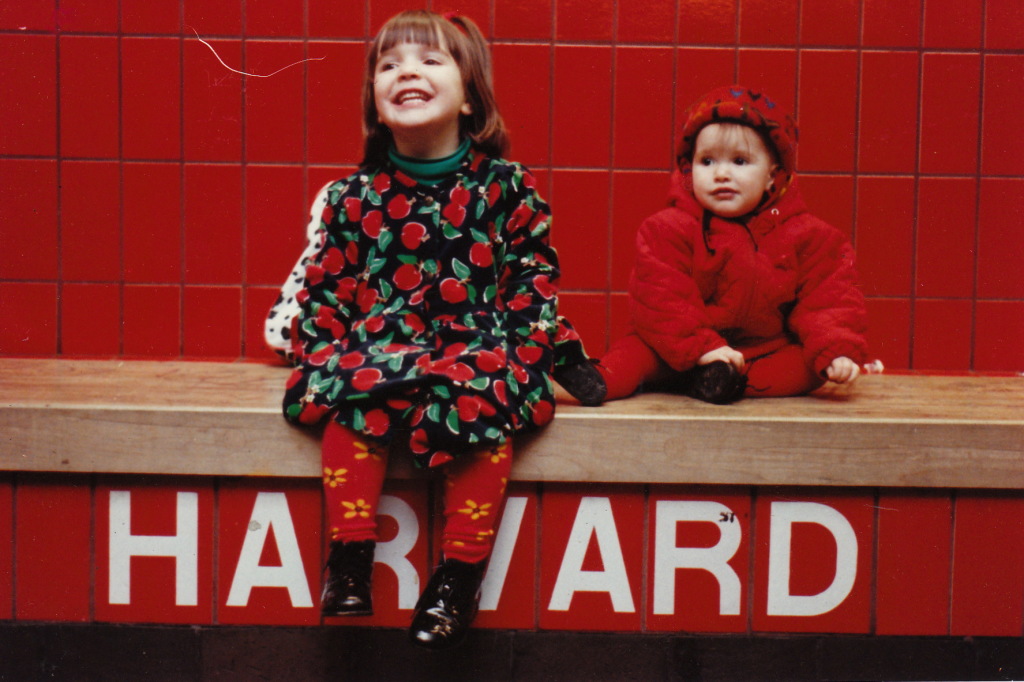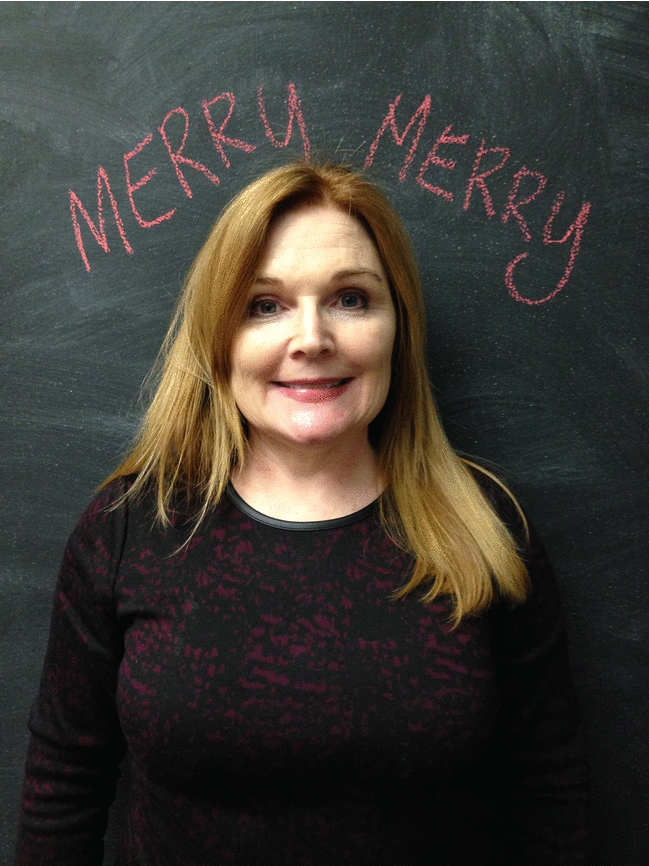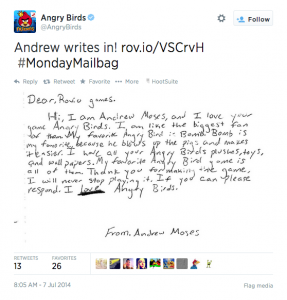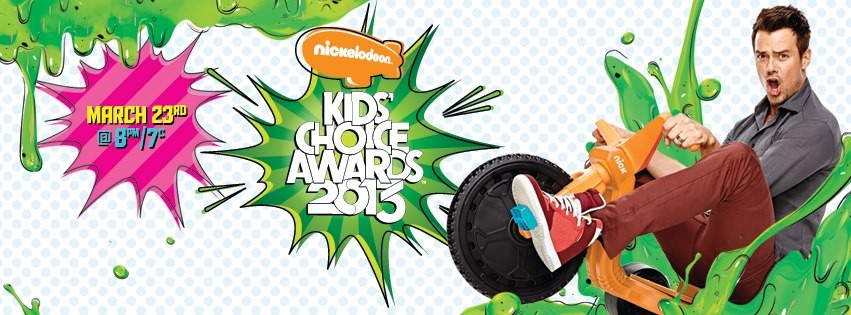How To Make Something Go Viral On Social Media (NOT)
It’s 2015 and I still get asked that dreaded question posed to nearly every social media marketer. That question is, “Can you make this go viral?” My answer is always the same, “You can’t make something go viral any more than you can make a toddler eat spinach.” I always stress to think “shareable” instead of viral and to think long and hard about your goals. Ultimately, the thing to ponder is whether you are building an idea or campaign that people will share without prompting. Going viral is an almost hopeless aspiration, yet there are a few strategies marketers can consider to encourage the possibility.
Here are three questions to pose if you’re thinking you have that viral campaign. After you ask these, you may just think again.
- Is it about you or is it about them? If you want people to share your campaign, it cannot be about you. It has to be about them, the sharer. Think of the Ice Bucket Challenge. We all know that ALS had nothing to do with the origins of that campaign. What made that concept go viral was the fact that it was about the sharer. Crazy folks around the globe decided it would be funny to drop a bucket of ice on their head. The act became about their reaction to said ice and along the way ALS was occasionally mentioned.
- Is it memorable? Any thing you want to be shared on social media has to be easy to repeat, easy to remember, easy to spell. When the Everywhere Agency won the Guinness World Record for #BeatCancer, it was because those two words, Beat and Cancer, were easy to remember and words you could not forget or confuse. Clients often come to me with concepts that align with their marketing strategy, but unfortunately don’t have that easy, memorable, catchy hook. If there’s a chance it can get misconstrued, misspelled or misaligned, it likely will be.
- Is it inherently shareable? We all hopefully learned about sharing sometime after we emerged from the toddler period of existence… but think about what’s shareable in your life now. Funny ideas, gossip, and breaking news all fall under that category. Your brand manifesto or marketing campaign is not. Shareable is something you go out of your way to do and if your campaign does not have that easy click, send appeal of gossip, or a funny story, it won’t get shared.
There’s a video right now on YouTube, which is sponsored by the Card Store. It’s called #WorldsToughestJob and it features a dude interviewing potential job candidates for a job which requires candidates to be available 24 hours a day, seven days a week. The potential job candidates are incredulous and frankly so are we as we watch. Who could expect anyone to be available, on your feet, ready to respond to any demand of your employer 365 days of the year, 7 days a week. The denouement comes when the dry interviewer reveals that the job in question is being a mom. Spoiler alert – you’ll need to get out your handkerchief at that point. The video has been viewed over 23M times (at the writing of this blog post) and it isn’t until the last 16 seconds of this 4-minute video that the brand is even mentioned.
That’s what I call shareable, er, viral.









